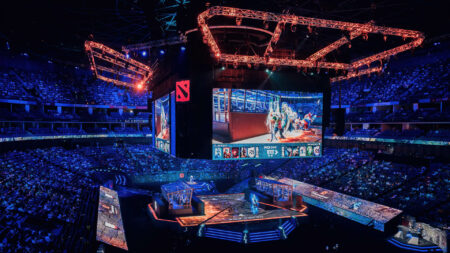In the electrifying world of competitive gaming, few games command the history, lineage, reverence, and excitement that the Dota 2 esports scene has.
With complex gameplay and high-stakes tournaments, it has captured the hearts of millions globally. Behind the dazzling screens and roaring crowds lies a landscape filled with opportunities and challenges.
Since Valve established Dota 2 as a competitive esport in 2011 by hosting the first Dota 2 World Championship with a US$1.6 million prize pool, Dota 2 has been seen as a premier esports title.
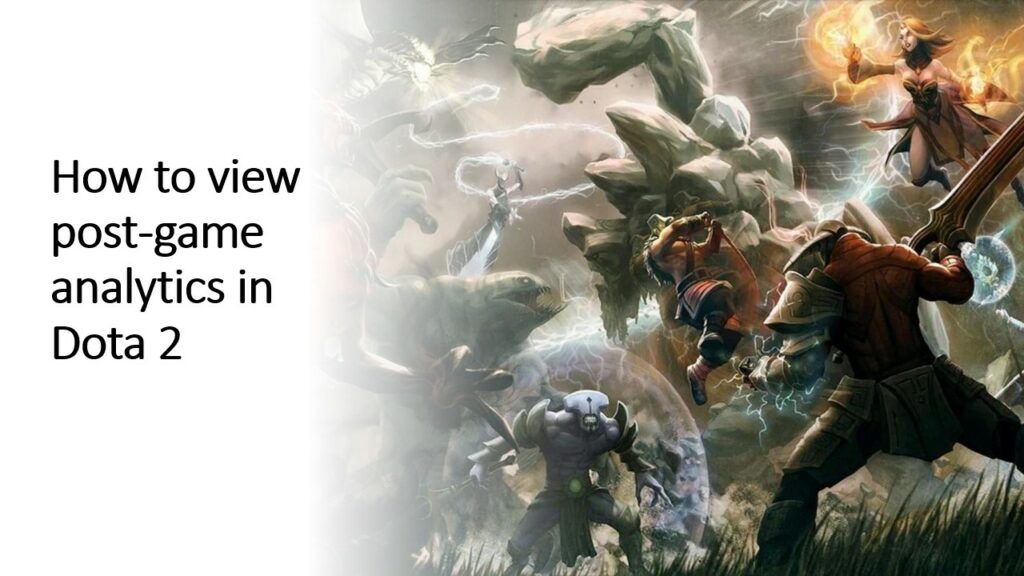
Year after year, The International‘s prize pool ballooned, offering players a chance to earn life-changing money if they proved to be the best in the world.
However, at the end of 2023, Valve announced the abolishment of the Dota Pro Circuit (DPC) system after six years, ending a structure that provided consistent competition and financial support for teams throughout the year.
This major shift in the scene created new challenges in Dota 2 esports. ONE Esports spoke to Wilson “poloson” Koh, a veteran Dota 2 player from Singapore representing Bleed Esports, in an exclusive interview to find out more how it impacts players first-hand.
Poloson shares his insights on the current state of Dota 2 esports, its challenges, and his vision for a brighter, more sustainable future.
What the Dota 2 esports scene looks like in 2024
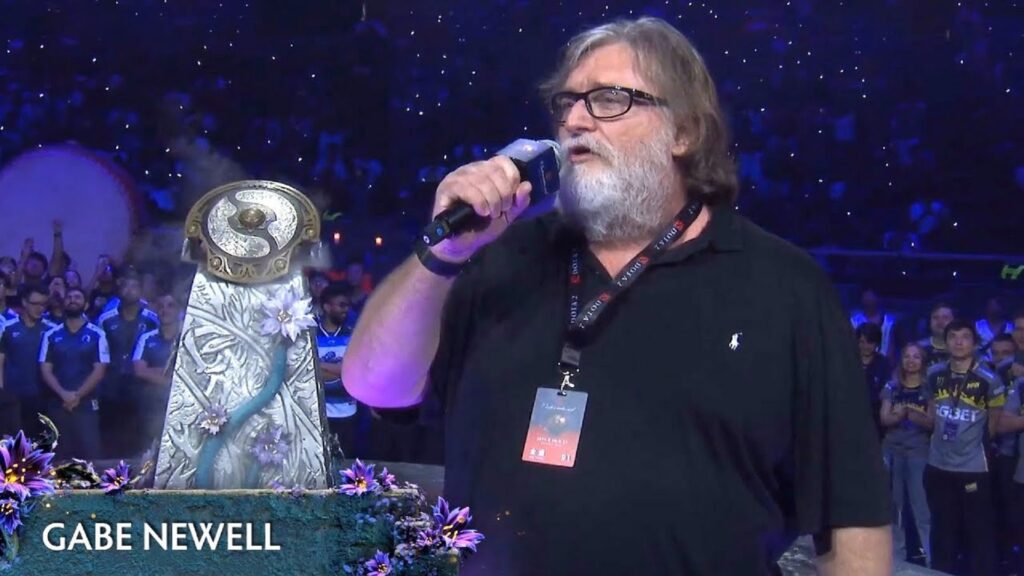
Despite growing so much over the years, the Dota 2 scene faces several challenges, particularly in regions like Southeast Asia. Poloson points out that while there are many passionate players, financial sustainability remains a significant hurdle.
“A lot of people who could become pro players stopped playing because it wasn’t sustainable for them financially,” he said.
One of the critical issues is the fluctuating nature of sponsorships. For Bleed Esports, their partnership with Razer is significant, providing crucial financial support and stability in an otherwise uncertain landscape.
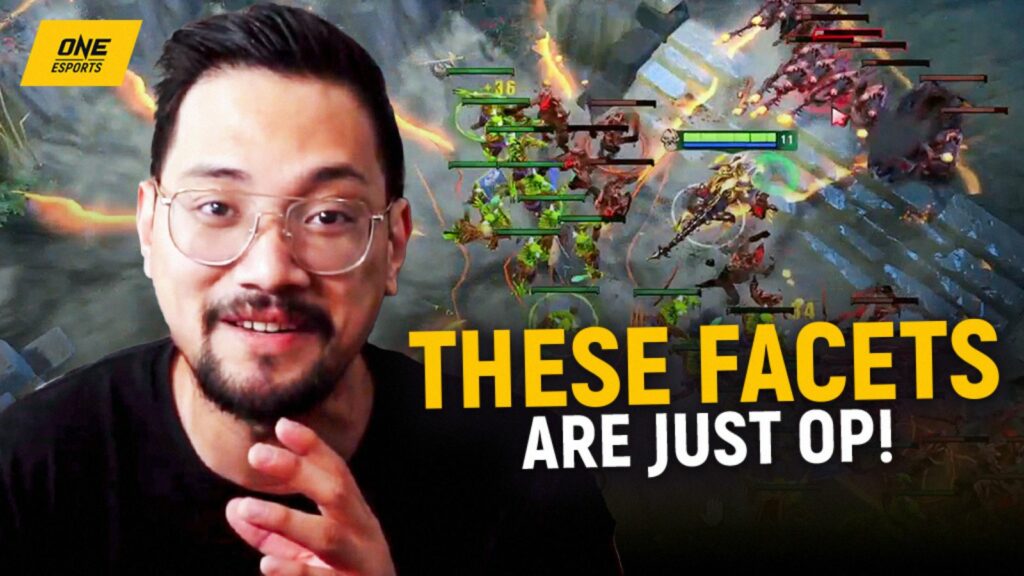
“For Dota, the scene is actually kind of dying,” said Poloson. “Many sponsorships are pulling out because they have to put in a huge amount of money, which cannot guarantee them any profits.”
This instability has led to a decline in support for Dota 2 compared to other esports tournament circuits with more robust ecosystems.
“They could bring a certain percentage of the TI prize money to support the DPC system throughout the year,” he suggests.
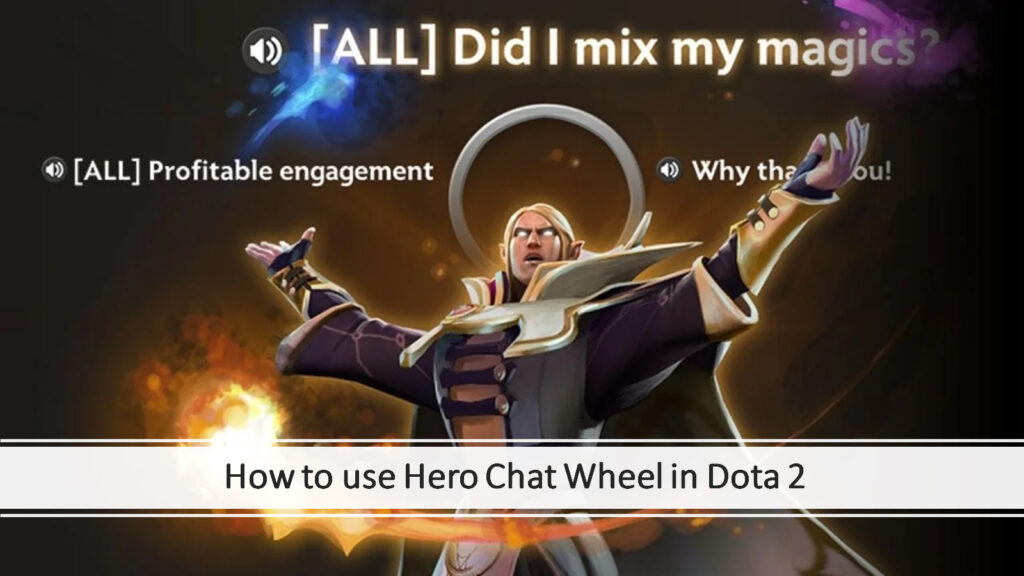
Poloson believes that Valve could have done more to sustain Dota 2 if they had redistributed the massive prize pool of The International, the Dota 2 World Championship tournament.
At its peak, The International boasted an impressive US$40 million prize pool in 2021. The event was held from October 7 to 17, 2021, in Bucharest, Romania.
The move would provide regular financial support to tier 1, tier 2, and even tier 3 teams, helping them grow and maintain stability. The redistribution could also encourage more players to stay in the competitive scene, knowing there is consistent support.
Poloson also highlighted the importance of local tournaments and community engagement in sustaining the esports scene.
“Hosting more events is one thing the Singapore government or even local communities could help with,” he says. These events can attract new players and keep the community engaged.
Educational programs and awareness campaigns are also crucial. In Singapore, institutions like Republic Polytechnic offer courses and diplomas in esports management, which can help build a stronger foundation for future generations. Such initiatives provide valuable skills and legitimize esports as a career path.
Poloson’s journey and vision for the future of Dota 2

Despite the challenges, Poloson’s passion for Dota 2 remains undiminished.
“I love the feeling of competing at the highest level,” he said. “It’s the adrenaline that I enjoy.” His dedication is evident as he continues to train and prepare for future events with Bleed Esports.
Poloson’s journey, which began in 2011, has seen him defer his mandatory military service to compete and consistently push himself to achieve his dream of competing at The International. His story is a testament to the resilience and passion that drive many in the esports community.
Partnerships play a crucial role in advancing the esports industry. Poloson and his team at Bleed Esports benefit from their collaboration with Razer, a well-known brand in the gaming community. These partnerships add a layer of legitimacy to esports, helping to shift perceptions and attract more support.
“Partnerships like the one with Razer add that level of legitimacy. It’s a large company with a very high reputation,” says Nikola Lipovac, Head of Sales and Partnerships at Bleed Esports.
Such collaborations can help change the perception of esports, making it a recognized and respected career path.
The Dota 2 scene was once seen as a giant in the esports world, but now it still faces significant challenges.
Consistent support from developers like Valve, local tournaments, educational programs, and strong partnerships are essential for its continued growth. Poloson’s insights highlight the potential for a brighter future if these elements unite.
As the esports industry evolves, the passion and dedication of players like Poloson will continue to drive it forward, inspiring the next generation of esports professionals.
With the proper support and initiatives, there’s potential for Dota 2 to regain its former glory and continue to thrive in the competitive world of esports.
READ MORE: MieRo’s 200 IQ Torrent play in DreamLeague Season 23: Pure skill or luck?
